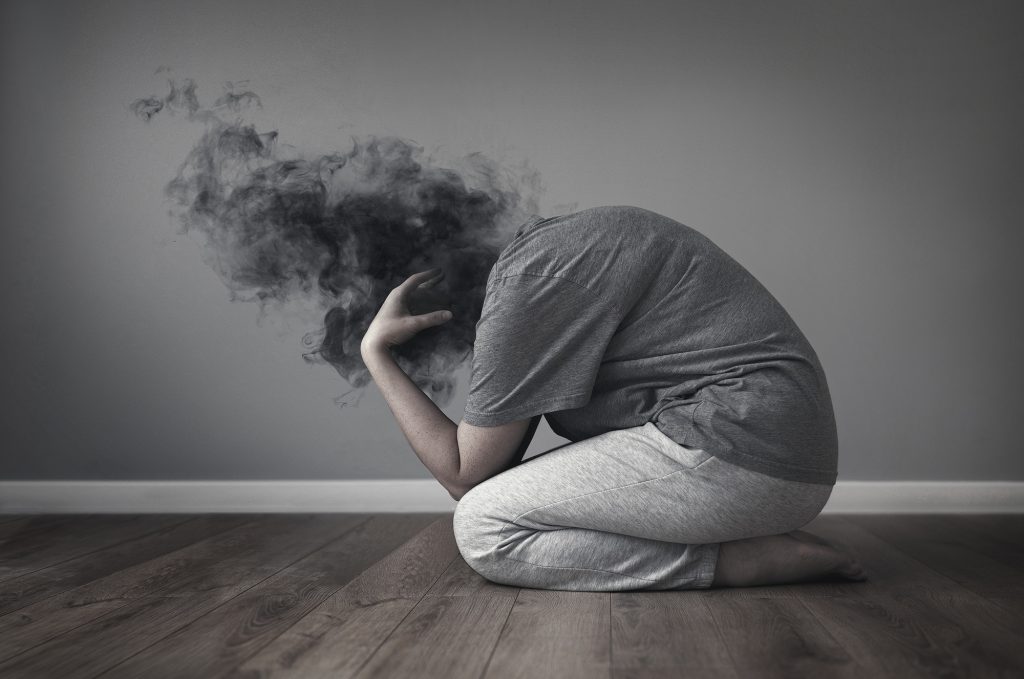Suicide, the irreversible act of ending one’s own life, is a deeply distressing phenomenon that leaves families and friends grappling with profound grief and unanswered questions. In recent years, the alarming increase in suicide rates has sparked intense scrutiny and concern worldwide. What compels individuals to take such a drastic step, leaving behind a wake of anguish and disbelief?
The decision to end one’s life is often borne out of overwhelming emotional pain and despair. It is a complex interplay of various factors, including mental illness, societal pressures, and personal circumstances. While each case is unique, there are overarching trends that shed light on the root causes of this tragic phenomenon.


One prevalent factor contributing to the rise in suicides is the pervasive influence of societal expectations and norms. In today’s hyperconnected world, individuals are bombarded with unrealistic standards of success, beauty, and achievement. Social media platforms often perpetuate a culture of comparison and perfectionism, exacerbating feelings of inadequacy and worthlessness. The relentless pursuit of external validation can leave individuals feeling isolated and disconnected, fueling a sense of hopelessness.
Moreover, the competitive nature of modern society places immense pressure on individuals to excel academically, professionally, and socially. The relentless pursuit of success, coupled with the fear of failure, can create a suffocating environment where mental health concerns are often overlooked or stigmatized. The pressure to meet unrealistic expectations can lead to feelings of overwhelm and burnout, pushing individuals to the brink of despair.
Peer pressure also plays a significant role in influencing suicidal behavior, particularly among vulnerable populations such as adolescents and young adults. The desire to fit in and conform to social norms can lead individuals to engage in risky behaviors or suppress their true feelings out of fear of judgment. Bullying, exclusion, and social rejection can have devastating effects on an individual’s self-esteem and mental well-being, driving them to contemplate suicide as a means of escape.

Furthermore, the stigma surrounding mental illness remains a pervasive barrier to seeking help and support. Despite advancements in mental health awareness and advocacy, many individuals still suffer in silence due to fear of judgment or discrimination. The lack of access to affordable and culturally competent mental health care further exacerbates the problem, leaving many individuals without the resources they need to cope with their struggles.
In light of these complex factors, addressing the root causes of suicide requires a multifaceted approach that encompasses both individual and societal-level interventions. Increasing access to mental health resources, destigmatizing conversations about mental illness, and promoting a culture of empathy and support are crucial steps in preventing further loss of life.

Moreover, promoting resilience and coping skills from a young age can help individuals navigate the challenges of life more effectively and build a strong support network of family and friends. Education and awareness campaigns aimed at promoting mental health literacy and reducing stigma can empower individuals to seek help when they need it most.
Ultimately, preventing suicide requires a collective effort from all sectors of society, including government agencies, healthcare providers, educators, employers, and community organizations. By addressing the underlying factors contributing to suicidal behavior and promoting a culture of compassion and understanding, we can work towards creating a world where every individual feels valued, supported, and worthy of life.








